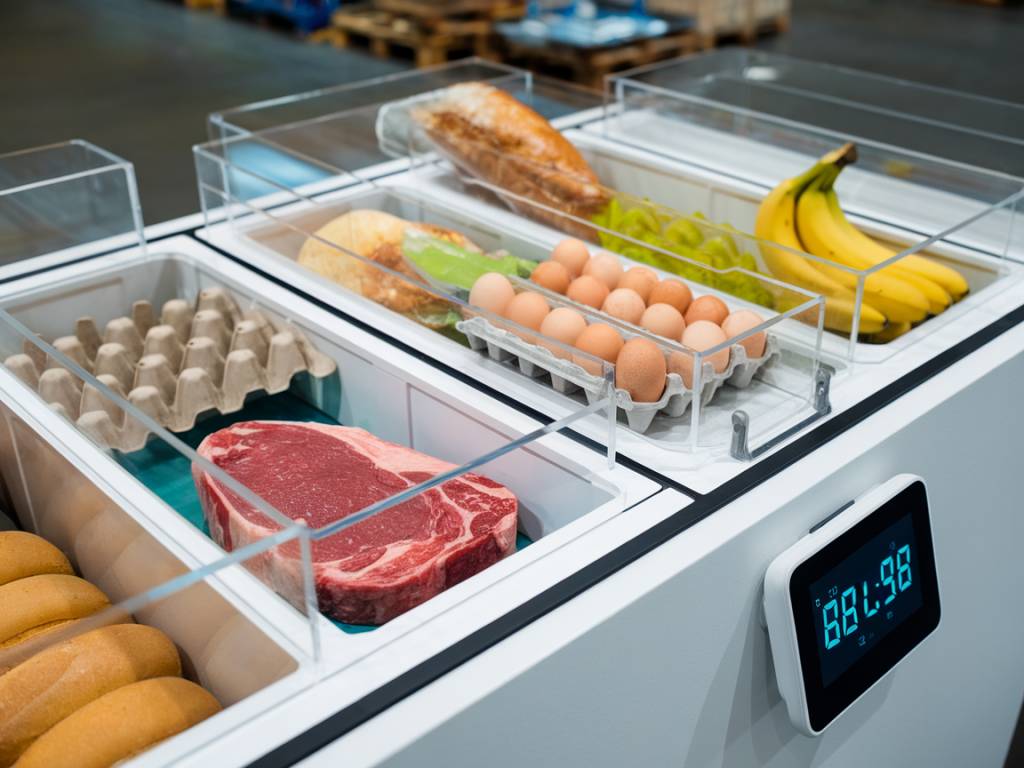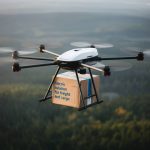In the realm of logistics and transportation, few sectors present as many challenges as the cold chain. The distribution of temperature-sensitive products demands an unwavering commitment to maintaining specific temperature ranges throughout the entire logistics process. From pharmaceuticals to food, any deviation from the required conditions can lead to spoilage, financial losses, and even public health issues. However, recent innovations in temperature-controlled shipping offer promising solutions to these challenges.
Understanding Cold Chain Logistics
Cold chain logistics refers to the transportation and storage of products that require specific temperature ranges to preserve their quality and efficacy. This includes a wide variety of goods such as vaccines, dairy products, seafood, and fresh produce. The primary aim is to maintain a consistent temperature from the point of origin to the final destination.
The complexity of cold chain logistics lies in its multidisciplinary nature, encompassing transportation, storage, packaging, and monitoring systems. Each of these aspects must work seamlessly to ensure the integrity of temperature-sensitive products.
Key Innovations in Temperature-Controlled Shipping
Innovative technologies and strategies are transforming the landscape of cold chain logistics. These advancements are addressing some of the most significant challenges in the sector, such as temperature monitoring, energy efficiency, and regulatory compliance.
Real-Time Temperature Monitoring
One of the most critical aspects of cold chain logistics is the ability to continuously monitor temperatures throughout the transportation process. Recent advancements in Internet of Things (IoT) sensors and GPS tracking systems have made real-time temperature monitoring more accessible and accurate.
- IoT Sensors: These sensors can collect temperature data at various points within the supply chain and transmit this information in real-time to a centralized system. This allows for immediate corrective actions if any deviations are detected.
- GPS Tracking: Combining GPS technology with temperature sensors enables stakeholders to track both the location and the temperature conditions of shipments in real-time. This dual functionality provides a comprehensive overview of the cold chain status, reducing the risk of spoilage due to delays or mismanagement.
Energy-Efficient Refrigeration Systems
The environmental impact of refrigeration systems is a growing concern in cold chain logistics. Traditional refrigeration units consume large amounts of energy and often rely on harmful refrigerants. However, new energy-efficient refrigeration technologies are providing more sustainable alternatives.
- Solar-Powered Refrigeration: Utilizes solar panels to generate the power needed for refrigeration units, making it particularly useful in remote areas where grid power is unreliable or unavailable.
- Thermal Energy Storage: Employs advanced materials to store thermal energy during off-peak hours, which can then be used to maintain refrigeration systems during peak hours, reducing overall energy consumption.
- Green Refrigerants: Developments in eco-friendly refrigerants, such as R290 (propane) and R600a (isobutane), are reducing the carbon footprint of cold chain logistics.
Advanced Packaging Solutions
The packaging used in cold chain logistics plays a crucial role in maintaining the required temperature conditions. New materials and designs are offering improved thermal insulation and durability, enhancing the overall efficiency of temperature-controlled shipping.
- Phase Change Materials (PCMs): These materials absorb and release thermal energy at specific temperatures, providing a stable thermal environment for temperature-sensitive products.
- Vacuum Insulated Panels (VIPs): Offer superior insulation properties compared to traditional insulation materials, making them ideal for long-duration shipping.
- Active Temperature-Controlled Containers: Equipped with built-in refrigeration units and thermal management systems, these containers provide precise temperature control for high-value and highly sensitive shipments.
Blockchain for Enhanced Traceability
Blockchain technology is emerging as a powerful tool for enhancing traceability in cold chain logistics. By creating a decentralized and immutable record of transactions, blockchain provides a transparent and tamper-proof method for tracking the movement and condition of temperature-sensitive products.
- Enhanced Data Integrity: Blockchain ensures that all data points, such as temperature readings and location updates, are securely recorded and cannot be altered. This guarantees the accuracy and reliability of the information.
- Streamlined Compliance: Regulatory requirements for temperature-sensitive products are stringent and often involve extensive documentation. Blockchain simplifies compliance by providing an easily accessible, verifiable record of adherence to these regulations.
- Improved Stakeholder Collaboration: All parties involved in the supply chain, from manufacturers to end consumers, can access the blockchain ledger. This increases transparency and fosters trust among stakeholders.
Artificial Intelligence and Machine Learning
Artificial Intelligence (AI) and Machine Learning (ML) are revolutionizing cold chain logistics by providing predictive analytics and optimization solutions. These technologies can analyze vast amounts of data to identify patterns and trends, enabling more informed decision-making.
- Predictive Maintenance: AI can predict when refrigeration units are likely to fail, allowing for proactive maintenance and reducing the risk of unexpected breakdowns.
- Route Optimization: ML algorithms can analyze traffic data, weather conditions, and other variables to optimize delivery routes for temperature-controlled shipments, ensuring timely and efficient deliveries.
- Demand Forecasting: AI-driven demand forecasting helps in planning inventory levels and logistics operations, reducing waste and ensuring that temperature-sensitive products are available when needed.
Tackling Regulatory Challenges
Regulatory compliance is a significant challenge in cold chain logistics, given the stringent standards governing the transportation of temperature-sensitive products. Innovations are making it easier for companies to meet these requirements while maintaining efficiency.
- Automated Compliance Monitoring: IoT and blockchain technologies can automate the tracking of regulatory compliance, providing real-time alerts for any deviations and simplifying the auditing process.
- Standardization Initiatives: Industry-wide efforts are underway to develop standardized protocols for cold chain logistics, making it easier for companies to comply with regulations across different regions and markets.
- Training Programs: Advanced training programs are being developed to ensure that all personnel involved in cold chain logistics are knowledgeable about best practices and regulatory requirements.
Emerging Trends and Future Outlook
As the demand for temperature-controlled shipping continues to grow, several emerging trends are likely to shape the future of cold chain logistics.
- Integration of 5G Technology: The advent of 5G networks promises faster and more reliable data transmission, enhancing real-time monitoring and control of cold chain logistics.
- Increased Focus on Sustainability: Environmental concerns will drive further innovation in energy-efficient technologies and eco-friendly packaging solutions.
- Expansion of Cold Chain Services: With the global market for temperature-sensitive products expanding, we can expect an increase in specialized cold chain services tailored to specific industries and regions.
- AI-Driven Process Automation: AI and ML will continue to drive process automation, from predictive maintenance to route optimization, making cold chain logistics more efficient and reliable.
In conclusion, the advancements in temperature-controlled shipping are not only addressing the current challenges but also paving the way for a more efficient, reliable, and sustainable cold chain logistics system. These innovations offer significant opportunities for businesses to improve their operations, reduce waste, and ensure the highest quality of temperature-sensitive products. As the sector continues to evolve, staying abreast of these technological developments will be crucial for maintaining a competitive edge in the market.



